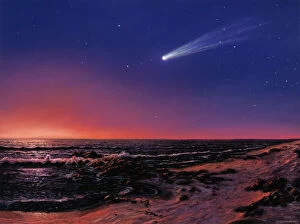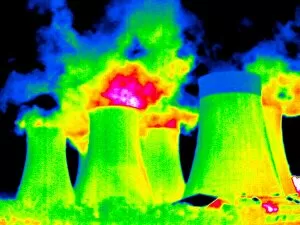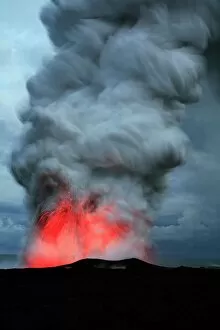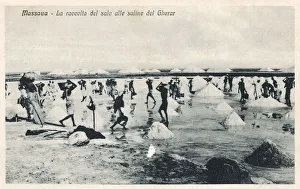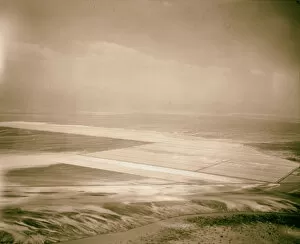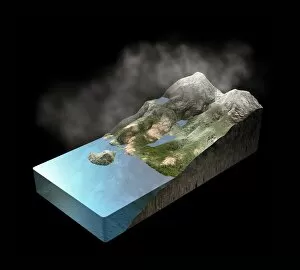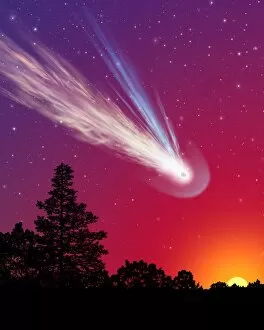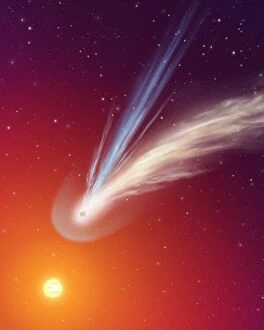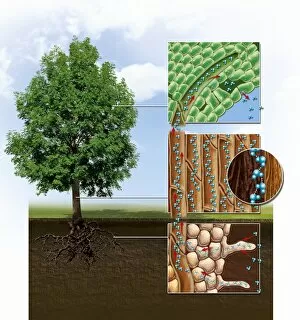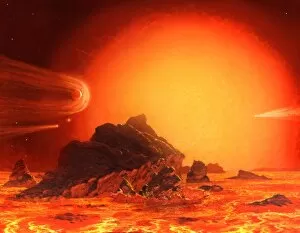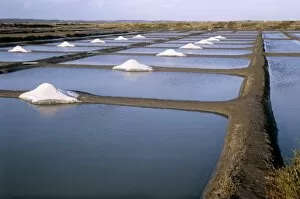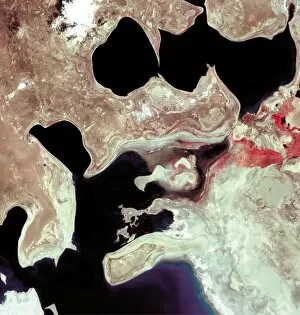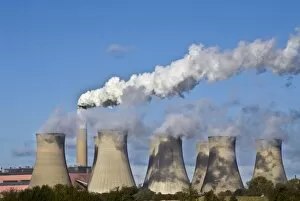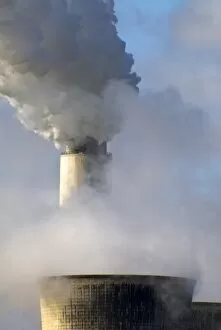Evaporating Collection
"From Ancient Techniques to Natural Wonders: The Art of Evaporating" Hale-Bopp comet leaves a trail gas as it streaks across the night sky
All Professionally Made to Order for Quick Shipping
"From Ancient Techniques to Natural Wonders: The Art of Evaporating" Hale-Bopp comet leaves a trail gas as it streaks across the night sky, captivating stargazers worldwide. Cooling towers release plumes of vapor into the air, showcasing the power and efficiency of evaporation in industrial processes. A thermogram captures the mesmerizing dance between hot lava and cool ocean waters, as they meet and create beautiful clouds of steam through rapid evaporation. In 1556, salt production took an innovative turn as natural brine was poured into burning charcoal pits, harnessing the process of evaporation to obtain this precious mineral. Salt pans became a common sight in 16th-century coastal regions when sea water was evaporated under the sun's heat to yield valuable salt crystals. Utilizing nature's resources, pots filled with brine were left to evaporate in natural hot springs, providing ancient civilizations with their much-needed salt supply since 1556. Iron pots filled with seawater were set over fires for hours on end until all that remained was pure salt - a method perfected by resourceful individuals in 16th-century communities. East Africa's Gherar Salt Flats showcase vast expanses where water slowly evaporates under scorching temperatures, leaving behind pristine white crystals ready for harvest. Les Rotes Beach along Costa Blanca witnesses nature's artistry firsthand as sea water evaporates from rocks, gradually forming delicate patterns of crystallized salt on their surfaces. Air films shimmer above evaporating pans at Israel's Dead Sea in 1937; a testament to how this iconic body of water continuously provides minerals through its remarkable evaporation process. Beit Jibrin reveals an intriguing scene from history - liquid being carefully evaporated from gunpowder during early experiments that led to advancements in weaponry.

